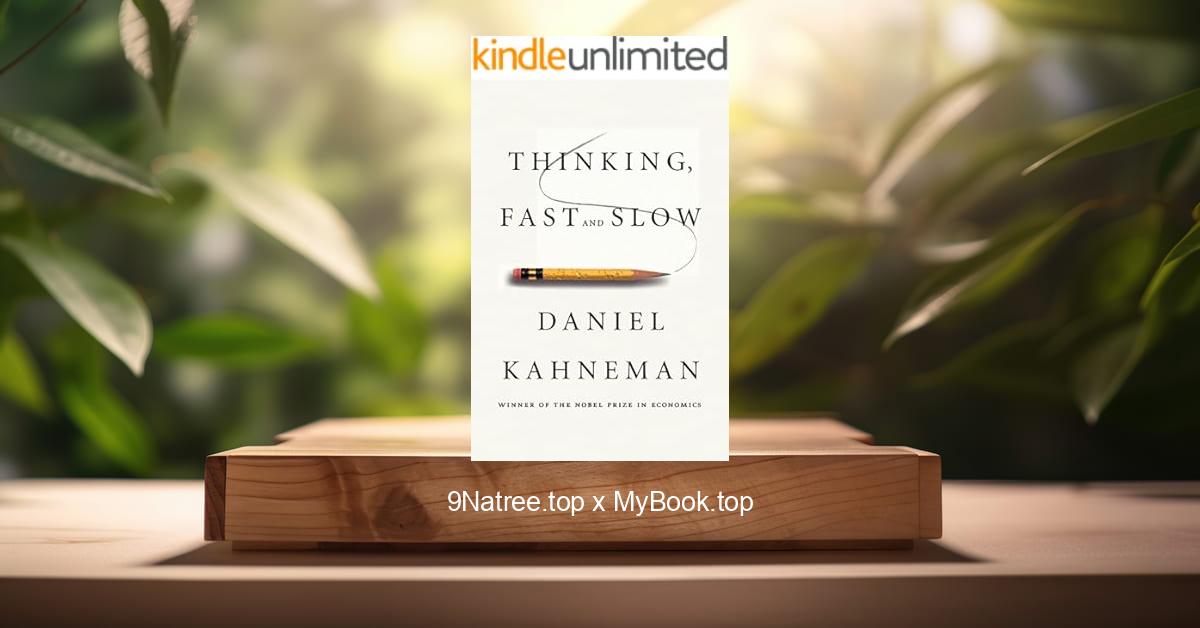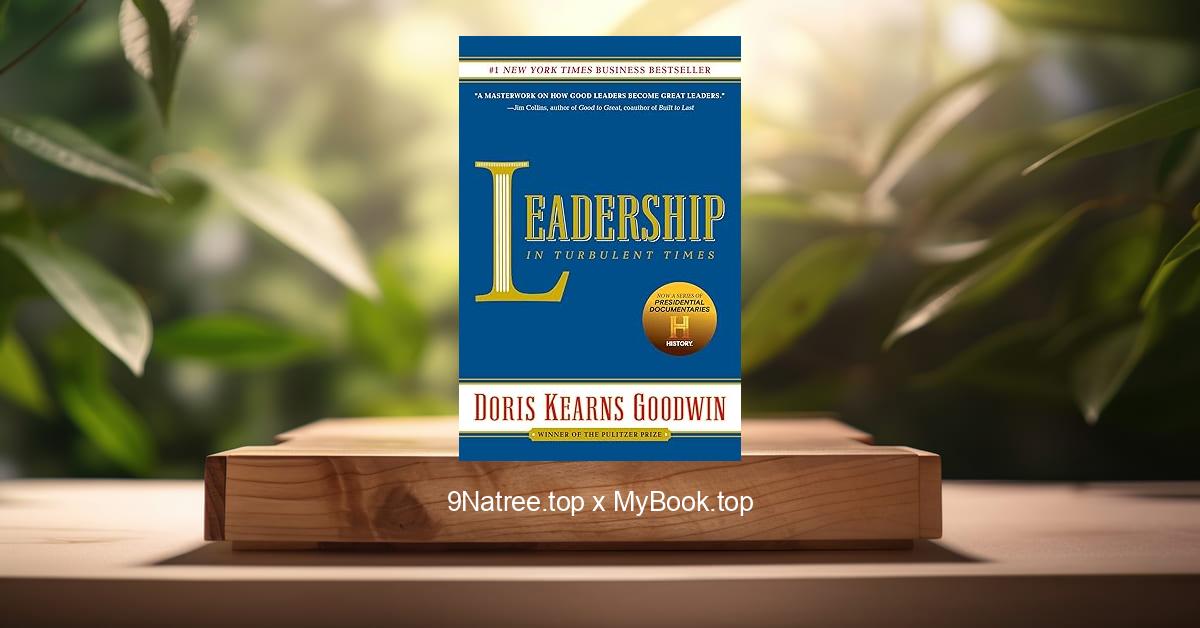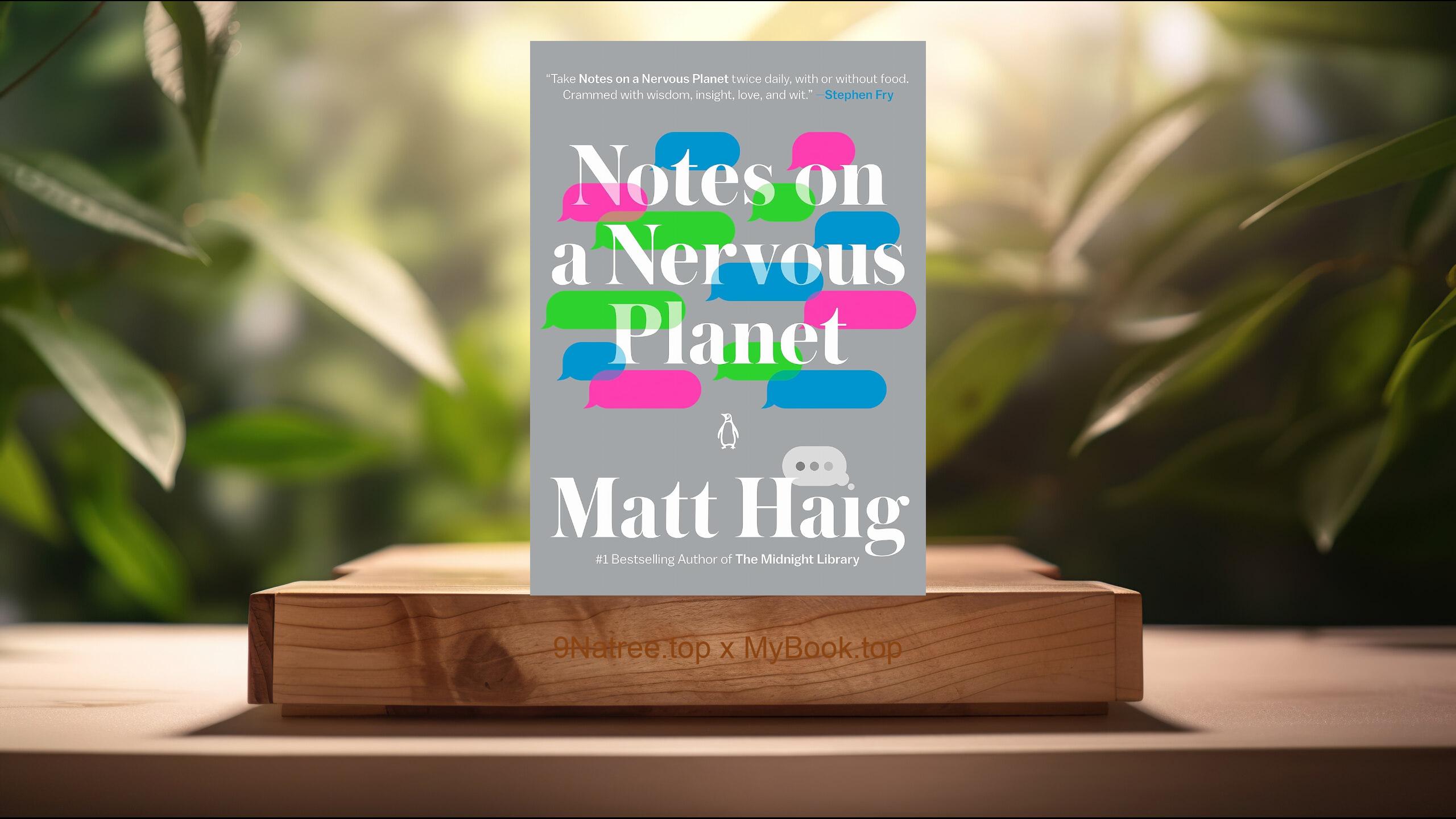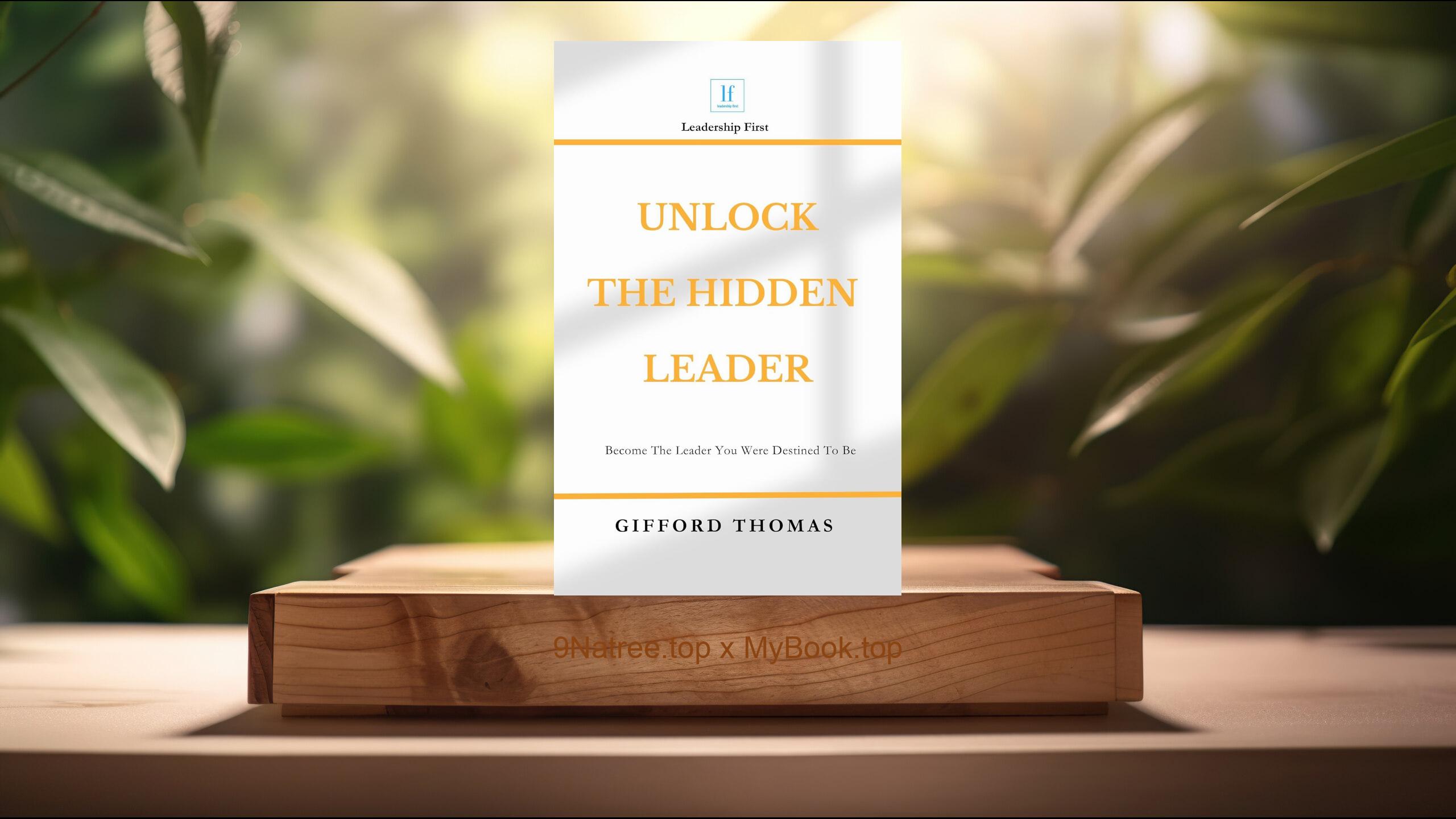Show Notes
Buy on Amazon: https://www.amazon.com/dp/B01069X4H0?tag=9natree-20
Read more: https://mybook.top/read/B01069X4H0/
#Personaldevelopment #Effectivehabits #Selfhelpstrategies #Timemanagement #Interpersonalskills #Goalsetting #StephenR.Covey
These are takeaways from this book.
Firstly, Be Proactive, The first habit, 'Be Proactive,' serves as the cornerstone of personal effectiveness. Covey emphasizes the importance of taking responsibility for our actions, reactions, and emotions rather than blaming circumstances or conditioning for our behavior. By understanding the concept of 'response-ability,' we realize that we have the freedom to choose our responses to the stimuli we encounter. Proactivity entails focusing on our circle of influence, which includes things we can do something about, instead of our circle of concern, encompassing things beyond our control. This mindset shift from reactivity to proactivity is vital for leading a purpose-driven life. Through engaging infographics, this concept is illustrated in a way that highlights the power of choice in determining our life's direction, urging readers to embody the proactive spirit in daily living.
Secondly, Begin with the End in Mind, In the second habit, 'Begin with the End in Mind,' Covey encourages readers to envision their lives as they would like them to be and to work backwards from there, setting goals and milestones that align with their ultimate vision. This habit is about understanding that all things are created twice: first in the mind, and then in reality. The importance of having a clear personal mission statement that reflects one’s values and goals is stressed, as it serves as a compass guiding all decisions and actions. Infographics in this section make the process of drafting a personal vision and mission statement both engaging and straightforward, breaking down the components of effective goal-setting into visually digestible elements. This habit reminds us of the power of intentionality in crafting a life that reflects our deepest values and aspirations.
Thirdly, Put First Things First, Covey's third habit, 'Put First Things First,' is about prioritizing tasks based on their importance rather than their urgency, distinguishing between activities that contribute to our long-term mission, values, and goals, and those that do not. This habit challenges the reader to organize and manage time around priorities, making effective time management a function of self-management. Infographics in this section visually dissect the time management matrix, explaining how to categorize tasks into four quadrants based on urgency and importance, and encouraging readers to focus on non-urgent but important activities that contribute to personal growth and progress. By applying this habit, individuals can minimize waste of time on non-essential tasks, leading a more balanced and fulfilling life.
Fourthly, Think Win-Win, The fourth habit, 'Think Win-Win,' revolves around developing a mindset of mutual benefit in all human interactions. Stephen R. Covey articulates that effective interpersonal leadership involves seeking outcomes that are beneficial for all parties involved, rather than adopting a competitive or scarcity mindset. Through dynamic infographics, the book illustrates the importance of healthy relationship building, empathy, and understanding in achieving win-win solutions. This habit underscores the significance of character traits such as integrity, maturity, and the abundance mentality, illustrating how cultivating these characteristics fosters environments where everyone feels valued and success is shared. Adopting a win-win approach in personal and professional relationships leads to more sustainable and satisfying outcomes for all stakeholders.
Lastly, Seek First to Understand, Then to Be Understood, Habit five, 'Seek First to Understand, Then to Be Understood,’ is about mastering the art of empathetic listening and effective communication. Covey points out that most people often listen with the intent to reply, not to understand, which leads to breakdowns in communication. The habit suggests that by genuinely listening to and understanding others’ perspectives, we can then present our own ideas in a way that they are truly heard and appreciated. Infographics in this section shed light on the principles of empathic listening and its difference from traditional listening approaches, visually guiding readers through the steps of genuinely understanding someone. This habit not only facilitates healthier and more productive interactions but also fosters deeper connections with others by showing empathy and respect for their viewpoints.
In conclusion, Stephen R. Covey’s 'The 7 Habits of Highly Effective People: Infographics Edition' is an invaluable resource for anyone aiming to enhance their personal and professional effectiveness. This visually enriched edition makes Covey’s timeless wisdom accessible to a broader audience, ensuring that the essential principles of personal change are understood and retained. Individuals seeking to transform their lives, enhance their relationships, and achieve their goals will find this book an indispensable guide. By incorporating these habits into daily life, readers can develop a robust framework for personal development, leading to improved productivity, deeper interpersonal relationships, and a stronger sense of personal fulfillment. Whether you’re a student, a professional, or someone simply on a journey towards self-improvement, this book offers powerful insights that can benefit everyone.
![[Review] The 7 Habits of Highly Effective People: Infographics Edition: Powerful Lessons in Personal Change (Stephen R. Covey) Summarized](https://episodes.castos.com/660078c6833215-59505987/images/1699827/c1a-085k3-p8009mo9hq9g-lautco.jpg)




